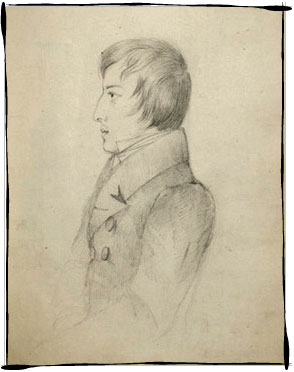



About the Mazurkas
The mazurka is a stylized dance form combining the features of three Polish folk dances: the brisk mazur, the lively oberek and the slow kujawiak. The first mazurkas were written as early as the end of the 18th century and had a certain utilitarian function – they introduced folk music to the salons of those days. The most noted among the composers who wrote mazurkas were Karol Kurpiński, Mikołaj Kleofas Ogiński, Maria Szymanowska and Józef Elsner. Elsner had a considerable impact on shaping the artistic development of Fryderyk Chopin, being first his teacher in Warsaw and later a good friend.
In Chopin’s oeuvre, mazurkas evolved to independent lyrical pieces, meditative in nature. They were like a lens in which the composer’s deepest recollections of his homeland were focused in the form of images of Polish folklore captured on staff paper. Chopin composed mazurkas practically throughout his lifetime: he published 41 of them in 11 opuses, further two were published separately and a dozen or so remained in manuscripts. A striking feature about Chopin’s mazurkas is their form, clear yet astonishingly diverse, ranging from miniatures to elaborate musical poems (an outstanding example is the Mazurka in C major Op. 6 no. 5, with a special form, senza fine), as well as deliberate limitation of textural devices. The elements of folk stylization include numerous modalisms (particularly the Lydian fourth and the Phrygian second), ostinatos, bourdon fifths, sophisticated ornamentation (such as ornaments used in bel canto and transposed to instrumental ground). The key role is played by rubato, i.e. intentional unsteadiness of tempo resulting from prolonging or shortening certain notes by the performer.
Although in his mazurkas Chopin never made any direct quotes from folk music, its echoes permeate their musical substance. The essence of those dance miniatures was probably best captured by the Polish writer Jarosław Iwaszkiewicz, who wrote: ‘In those fifty-odd short piano works the Polish composer contained the entire wealth of his soul, expressed his connection with the Polish people, offered the richness and refinement of his mind, and therefore we find in them such an abundance of musical ideas. Chopin’s mazurkas contain the recollections of all his voyages across Poland, memories of village songs and dances such as he came across in his wanderings on rural lanes’.
The Mazurka in A flat major Op. 24 No 3
Opus 24 is the first collection of Chopin’s mazurkas in which their cyclic form is clearly visible. The elements uniting that opus into a cycle include:
• close and intentional tonal relations between mazurkas and their sections (given in brackets are the keys clearly marked in the course of a given mazurka) – G minor (B flat major, E flat major), C major (F major, D flat major), A flat major (C major), B flat minor (D flat major, ending in B flat major);
• building the sequence in accordance with the principle of contrast and complementarity of moods: the outermost mazurkas in minor keys are longer, and the last (and the longest) Mazurka in B flat minor continues the sorrowful mood of the first one and develops it into a greater, more dramatic whole. The remaining two, slightly shorter mazurkas of the cycle, Mazurka in C major and Mazurka in A flat major, although differing in tempo and character, fill in the middle part of the cycle with their pastel, tranquil colours.
• motivic allusions, such as the ascending octave that appears in characteristic moments of all the four mazurkas: in the last bar of the Mazurka in G minor (in this context this is also a clear reference to the melic features of folk music), in the main motif of the Mazurka in C major (bars 5, 7 and analogous), in the ends of phrases of the Mazurka in A flat major (bars 10, 20, 38-41) and at the beginning of the Mazurka in B flat minor.
The Mazurka in A flat major is a kind of intermezzo. It stands out for its simple structure; the initial motif plays a key role, returning four times. Its kujawiak-like character is juxtaposed against a different melodic phrase in a duple time, so uncharacteristic for the mazurka. The ending, marked perdenosi, leaves the unfinished, suspended figuration. That Mazurka also existed in a separate album autograph dedicated to Luiza Linde; kept in the Library of the Warsaw Music Society, it perished during the World War II.

